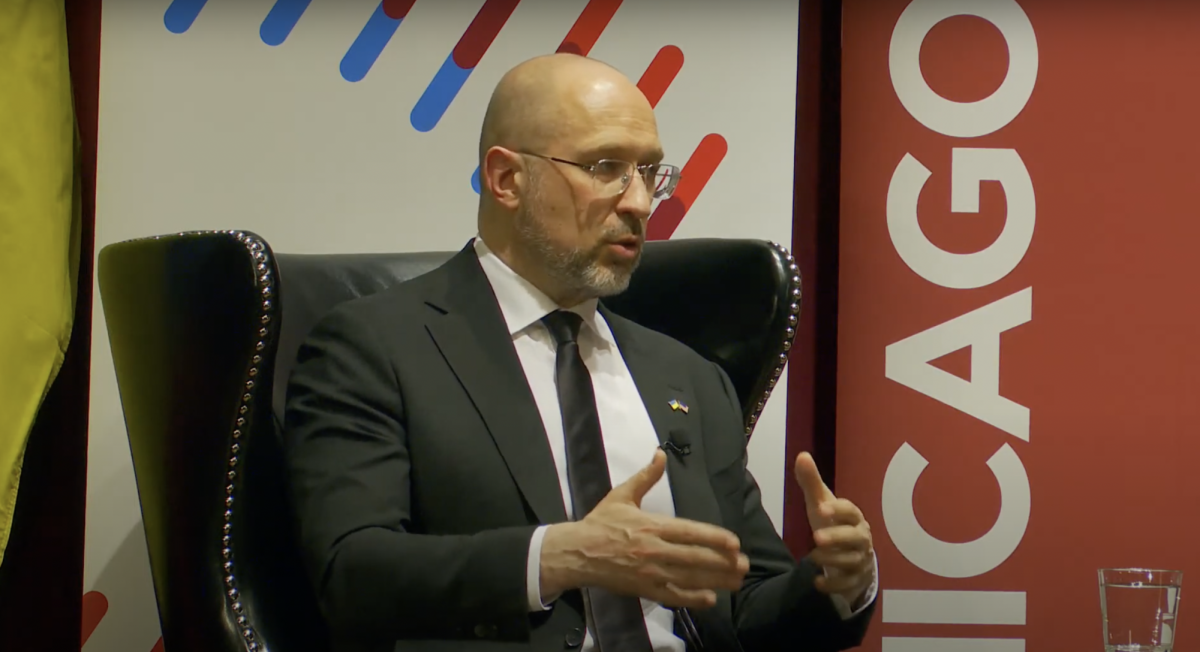2013 Nobel Laureate and UChicago economics professor Lars Peter Hansen discussed how he and other social scientists have historically confronted uncertainty in their research and models in the Wirzup Lecture, an event organized by the Resident Masters of the Max Palevsky Residential Commons.
Hansen is recognized for advancing economists’ understanding of how economic agents act in the face of uncertainty in financial markets. His work focuses on using statistics and historical data to create models to study the macroeconomy.
The professor shared stories from his economic career, including a tale about how he contracted pneumonia right before receiving his Nobel Prize and was on lots of medication prescribed by the Nobel organization’s staff doctor when he met the Swedish king. He joked that as a result, he doesn’t remember the encounter very well.
The talk focused on how economists and other social scientists in the past have handled and studied uncertainty and risk. Economists use models to try to understand the consequences of different policies. Since it is often unfeasible for economists to perform actual experiments with policies, especially in macroeconomics, these models in a sense mimic experiments since they allow researchers to predict the consequences of changes in the economic environment.
Throughout the lecture, Hansen emphasized the importance of not overestimating what can be deduced from economic models. Economic models all have limitations and can easily be falsified – the purpose of using them is to discover how they are useful despite the limitations, which requires delineating what can and what cannot be understood from a given model.
He described the different perspectives researchers have toward economic models. Studying “outside a model” refers to estimating unknown population parameters, which is what is taught in typical statistics classes. Studying “inside a model” refers describing how economic actors behave as they cope with uncertainty in the economic environment.
One metaphor Hansen used to describe his research is the statistics problem of determining the ratio of red and blue balls in an urn. With each ball one takes out of the urn, one gets a better idea of what the exact ratio in the urn is. The issue in economics is that over time the ratio of colors in the urn changes, which makes the research more complicated.
Creating and utilizing economic models not only involves assigning probabilities to events, but also dealing with ambiguity and assessing how much confidence one has in difference models. Due to the limits of researchers’ understanding of complicated economic problems, Hansen suggested that the best way to address these issues is with simple solutions until economists gain a deeper understanding of the phenomena.









